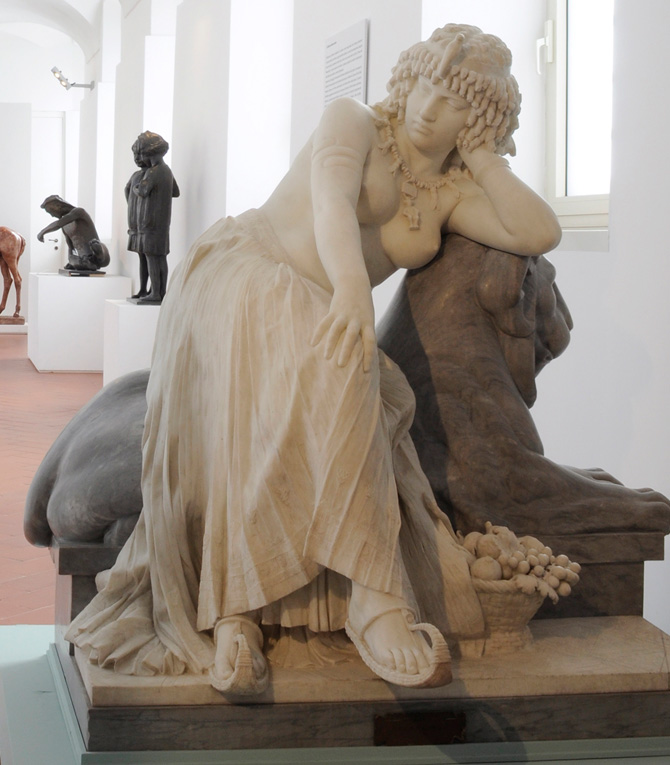Levedi, the first Voivode of the Hungarians, by Tamás Tulipán 2018
Levedi was the first recorded voivode of the Magyars. According to the Encyclopedia of the History of Ukraine he was also the first recorded voivode in history. I found this interesting given that this term is supposedly of Slavic origin, yet even though the Slavs were known to the Byzantines for centuries it wasn't until a Finno-Ugrian people appeared that it was applied? I searched other sources and came to the same conclusion, which makes me curious. The term was applied to Levedi and to various other Magyar chieftains by Byzantine emperor Constantine VII in his 'De Administrando Imperio' as the Magyars emerged from the Finno-Ugrian and Turkic lands (what is now Russia) and entered Europe proper. The Encyclopedia of the History of Ukraine notes that the term voivode was later used by the Kievan Rus and various other Eastern European peoples afterward.
Constantine VII recorded that the Hungarians lived for three years among the Turkic Khazars. During this time Levedi was summoned by the Khazar chagan, given a Turkic wife, and offered a princely title for his valor: "We have invited you upon this account, in order that, since you are noble and wise and valorous and first among the [Hungarians], we may appoint you prince of your nation, and you may be obedient to our word and our command." (Constantine VII, De Administrando Imperio). Levedi said he could not obey and refused the title of prince but he accepted the woman they offered him, though he had no children by her. Instead the new princely title was given to Arpad or Almos (the info varies depending on the source).
The name Levedi seems to probably be Finno-Ugrian in origin, as a similar name was recorded in a Hungarian charter in the year 1138 CE. One of Prince Taksony's great grandson's in the 11th century was named Levente, which is similar. Though I found an interesting theory in Arnold Toynbee's book Constantine Porphyrogenitus and his World: "Constantine Porphyrogenitus locates the Magyars' habitat in a district, 'close to Khazaria', called Levedhia, before the eviction of the Magyars from there by the Pechenegs. Constantine notes, in the same context, that, in Levedhia, there was a river called Khingilous (alias Khidhmas), and this river is evidently identical with Constantine's River Synghoul and with the river that is now called Cinhul, which joins with the River Tokmak to form the Molochnaya - a river that debouches into the Sea of Azov through a district that is now called 'Lepedika'. The name 'Levedhia' looks as if it were derived from the Greek word livadhia, meaning 'water-meadows'; and this interpretation of the name is confirmed by both Muslim and Western Christian authorities".
Source:
https://commons.wikimedia.org/wiki/File:Levedi.jpg
Quote:
https://en.wikipedia.org/wiki/Voivode
Arnold Toynbee, Constantine Porphyrogenitus and his World



Comments
Post a Comment